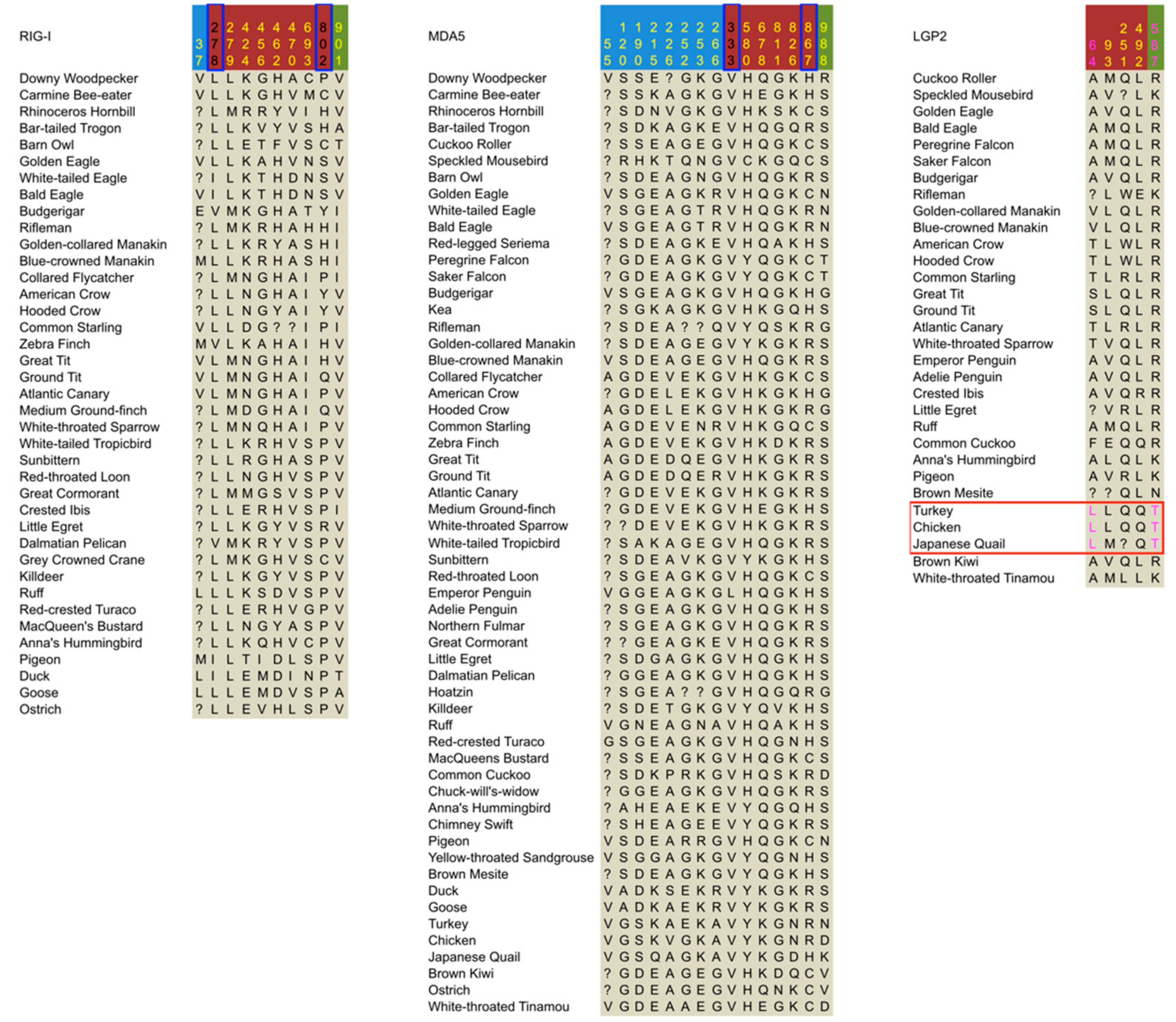

As a result, we see a SERP full of recipes, nutritional facts, and other topics related to making or eating the cookies. Google then served up results that match the searcher inten t rather than searcher language. Even though the query was for the cookies themselves, semantic search extrapolated that despite the words used in the search query (which, taken literally, could refer to images or a definition of the cookies), the intent behind the search differed than the language used. To see semantic search in action, take a look back at the “chocolate chip cookies” SERP image above. Semantic search attempts to match appropriate SERP results to the language of Internet users’ queries beyond the meanings of individual keywords, taking a broader context into account, even when the intent of the user is implicit rather than explicit. How does Google determine that these results reflect the intent of the searcher and adequately address their needs? This is where semantic search comes in. Knowledge graph elements are highlighted in blue. You can see the knowledge graph in action on the results page yielded upon searching for “chocolate chip cookies.” The SERP does contain standard organic results and links to suitable websites, but it also contains a rich set of knowledge graph data, including an answer box with a recipe, a right-hand knowledge panel featuring nutritional facts about this dessert, and suggestions for related search subjects.

In order to fully understand the purpose behind Hummingbird, it’s important to first be familiar with the search engine features it most heavily impacted: semantic search and the knowledge graph.Ī year prior to the release of Hummingbird, Google launched its knowledge graph: not an actual graph, but rather a set of SERP features designed to provide quick, accurate answers to users’ queries about people, places and things. It was largely understood as having a positive influence on the accuracy of Google’s knowledge base known as the “ knowledge graph.” However, the local SEO community theorized that documented effects had been felt in the local search engine results. Whereas previous algorithm updates like Panda and Penguin sparked significant reporting of lost traffic and rankings, Hummingbird did not appear to have drastic negative impacts on the general web. Google announced Hummingbird on September 26, 2013, but it had actually already been in place about a month prior. While it’s believed that many preexisting components of the core algorithm remained intact, Hummingbird signaled Google’s commitment to an increasingly sophisticated understanding of the intent of searchers’ queries with the goal of matching them to more relevant results. Unlike the previous Panda and Penguin updates which were initially released as add-ons to Google’s existing algorithm, Hummingbird has been cited as a complete overhaul of the core algorithm. Google Pigeon What is Google Hummingbird? Google Hummingbird Estimated Release Date: August 20, 2013.


 0 kommentar(er)
0 kommentar(er)
